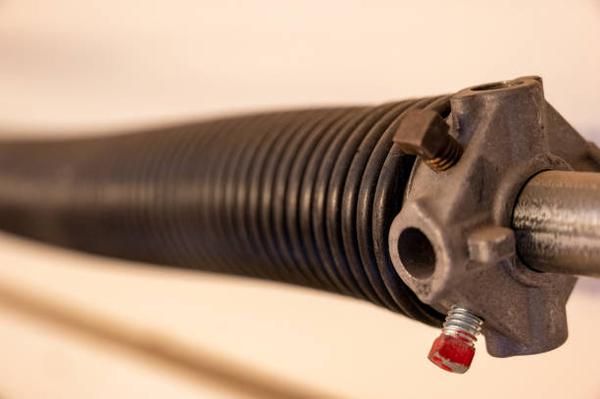Metal doors are a popular choice for commercial and industrial buildings due to their durability, security, and low maintenance requirements. However, when it comes to installing metal doors in public spaces, it is important to ensure that they are ADA compliant.
The Americans with Disabilities Act (ADA) sets forth guidelines for making public spaces accessible to individuals with disabilities. This includes ensuring that doorways are wide enough to accommodate wheelchairs and other mobility devices, as well as providing easy-to-use hardware that can be operated by individuals with limited strength or dexterity.
When it comes to installing metal doors in compliance with the ADA, there are several key considerations to keep in mind. First and foremost, the doorway itself must meet the minimum width requirement of 32 inches clear opening width. This ensures that individuals using wheelchairs or other mobility devices can easily pass through the doorway without encountering any obstacles.
In addition to the width of the doorway, it is also important to consider the height of the threshold. The ADA requires that thresholds be no higher than 1/2 inch in height in order to provide a smooth transition for individuals using wheelchairs or other mobility devices. If the threshold is higher than this, a ramp may need to be installed in order to make the doorway accessible.
Another key consideration when installing ADA compliant metal doors installation in compliance with the ADA is the type of hardware used. Lever handles are generally preferred over traditional round doorknobs, as they are easier for individuals with limited strength or dexterity to operate. Additionally, hardware should be mounted at a height between 34 inches and 48 inches above finished floor level in order to be easily reachable by individuals using wheelchairs.
When installing metal doors in compliance with the ADA, it is also important to consider signage and wayfinding elements. Doorways should be clearly marked with signage indicating whether they swing inwards or outwards, as well as whether they are push or pull doors. Additionally, wayfinding elements such as contrasting colors or tactile indicators can help individuals with visual impairments navigate through public spaces more easily.
Overall, ensuring that metal doors are installed in compliance with the ADA is essential for creating an inclusive and accessible environment for all individuals. By following these guidelines and considering key factors such as doorway width, threshold height, hardware type, and signage elements during installation, building owners can help ensure that their facilities are welcoming and accommodating for everyone.
A-24 Hour Door National
6835 Greenway Ave, Philadelphia, PA 19142
(215) 654-9550/p>

